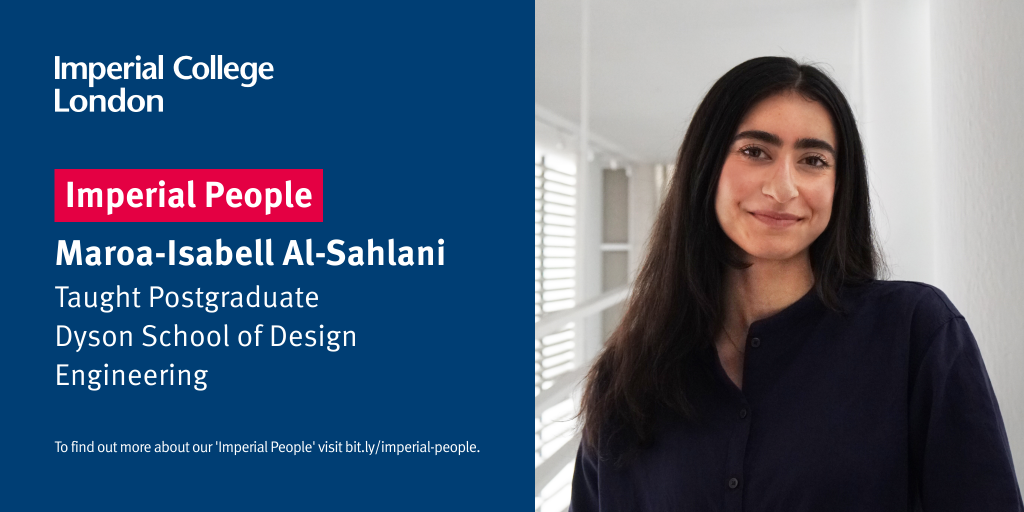
“I was selected to pursue a module at the University of Tokyo to learn more about the confluence of science, technology and design thinking.”
I’m a Master’s student studying Global Innovation Design (GID) at the Royal College of Art and Imperial College London. I combine research, graphic design, conversational and written practices to reflect on the agency of the arts in nation building.
A third of our time on the course is spent on cultural exchange at different universities around the world. I was part of a group of seven who went to the Maharashtra Institute of Design (MIT) in Pune, India to join their classes. One of the projects there was about how people from different backgrounds perceive metaphors differently. My favourite experience was meeting the students – they were so open and keen to welcome us.
After my time in Pune, I travelled to the Uravu Indigenous Science & Technology Study Centre in Wayanad, India – a non-profit organisation that focuses on cultivating and preserving bamboo, and educating people about bamboo’s benefits as a sustainable material. I learned a range of skills including weaving, hand cutting, bending, thinning, sanding and joining with bamboo.
In my third term I was selected to pursue a module at Design Lab X, based at the University of Tokyo, to learn more about the confluence of science, technology and design thinking. This has been one of the most rewarding experiences on the GID programme. I used their specialisms such as high-precision, high-speed cameras and 3D tracking systems to develop a handwriting and computer interaction gesture system. I also developed wearable nail markers that aided in testing and experimentation. This solution was inspired by the lack of innovation in how Arabic speakers interact online using inefficient keyboards which are not designed for the Arabic script.
One of my long-term projects explores self-advocacy in the next generation of Iraqis, and how to create a reflective historical narrative that could boost reconciliation in a society where national identity is a polarising issue. I’m interested in easily deployable systems that are specifically designed for the cultural context they inhabit, and a lot of my design centres around typography and linguistics. Some projects have involved Augmented Reality to solve censorship issues, physical computing, material driven sustainability in the Middle East, and a lot of publication, typography and exhibition design.
I’m continuing to work on these projects in the first term of my second year while I am based at Nanyang Technological University in Singapore. Hopefully this will prepare my research for the upcoming major project when I am back in London.